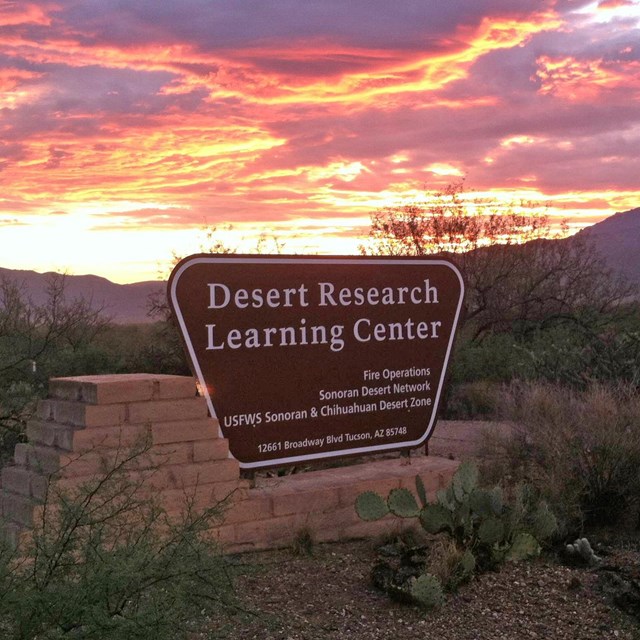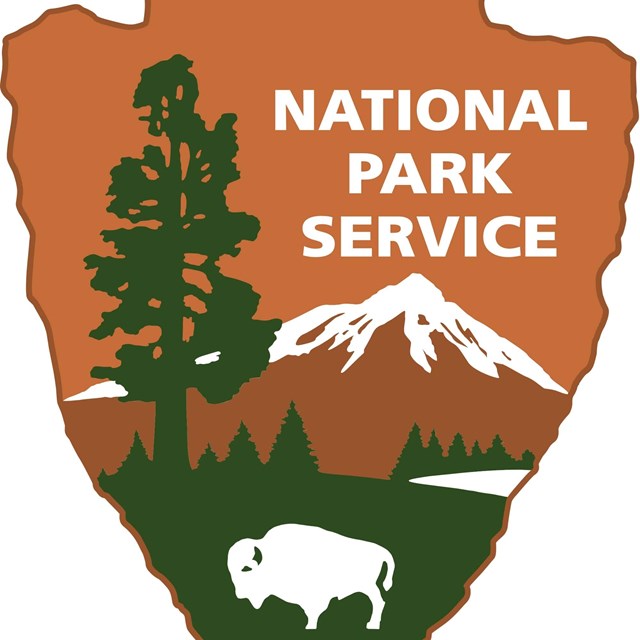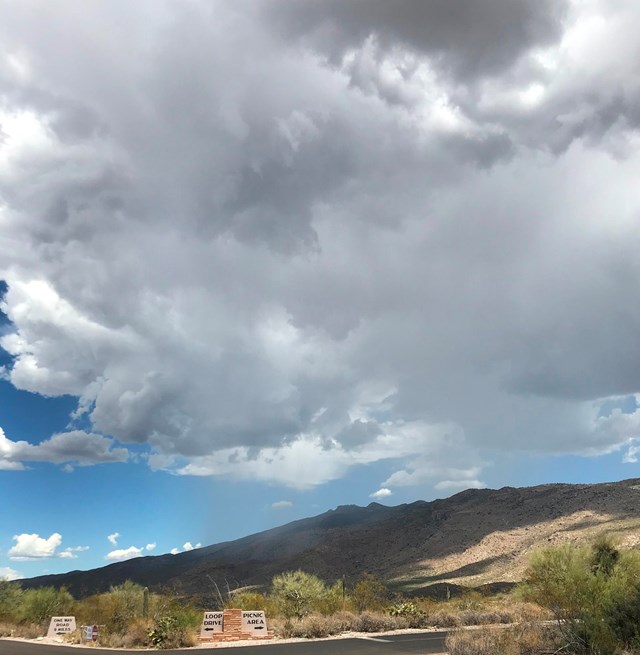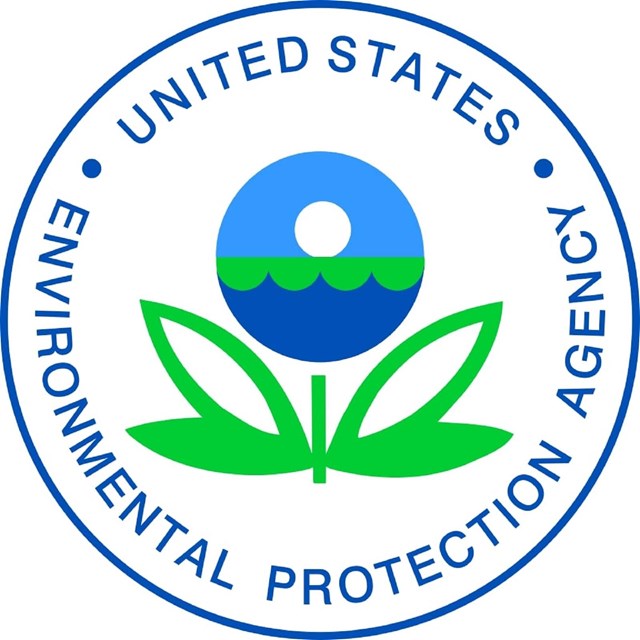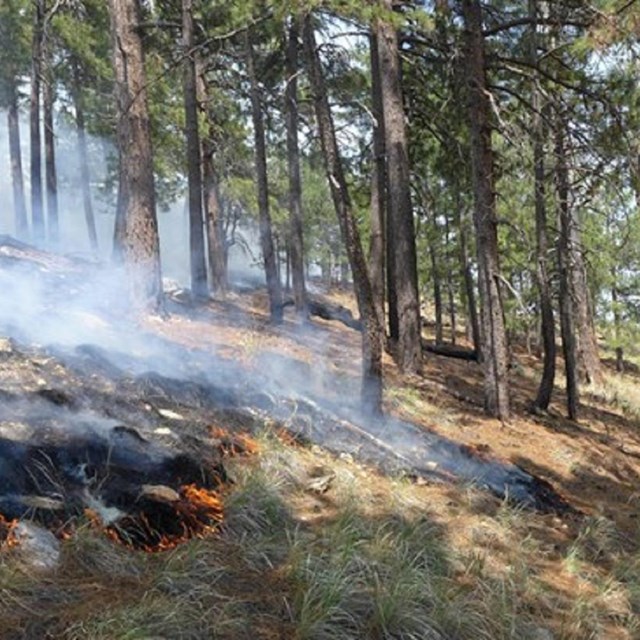Air Quality AlertsBefore visiting, please check the Pima County Air Quality Map or the AirNow website for air quality and ozone alerts. 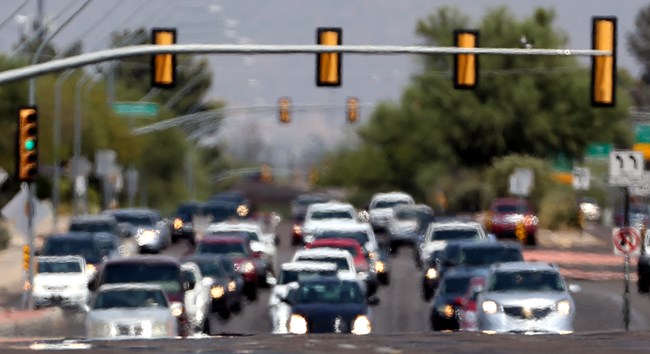
Courtesy of Arizona Daily Star The Science of Air QualityTucson is famous for its blue skies and beautiful sunsets, but local factors can create challenges for air quality. Our dry climate creates the desert, and strong winds can stir up dust. The sunny days generate bad, ground level ozone. The mountains that surround Tucson create a basin, trapping pollutants if there is not enough wind to disperse them. Impact on Saguaro National ParkRecreation & HealthAir pollution and other air quality issues can impact the recreational experience and health of visitors, park staff, and the surrounding area. The two types of pollutants that affect our health the most are ground level ozone and airborne particles. Other air pollutants include chemicals such as gases from combustion (such as carbon monoxide, sulfur oxides, and nitrogen oxide) and fumes from volatile organic compounds (VOCs).
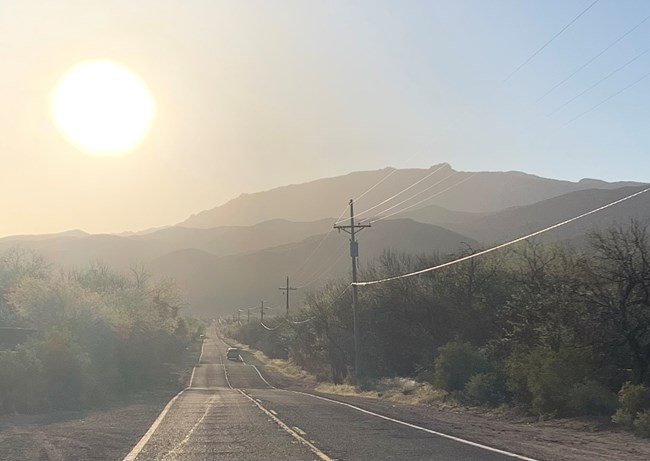
NPS photo Natural Resources & EcosystemsGood air quality is essential for the health of our visitors and employees, for clear views of park scenery, and for a healthy natural environment. But, we also know that almost all national parks are affected by air pollution. Under the authority of the Clean Air Act (1970), it is part of the National Park Service's duty to protect resources from deteriorating air quality and from the effects of air pollution and climate change. 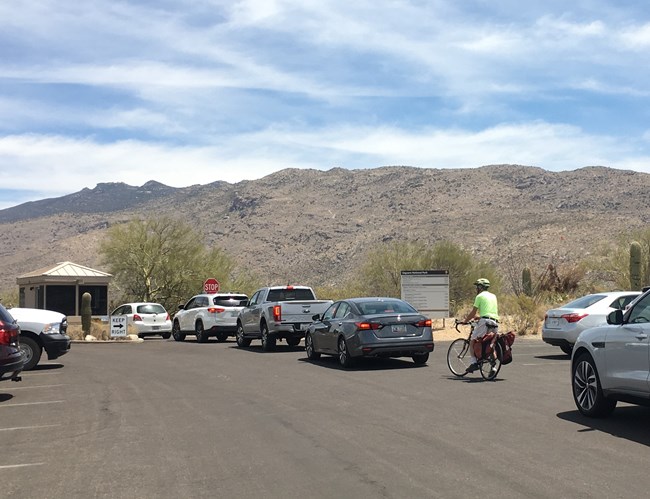
Reduce Air Quality ImpactsIdling ReductionYou can help improve air quality as well as take action to protect yourself on days when air quality is low. Poor Air Quality DaysOn days where air pollution is a concern, many counties and states ask residents to postpone certain activities that could contribute to worsening air quality, such as driving, burning brush piles, or using fireplaces or grills. Resources
|
Last updated: May 6, 2025

